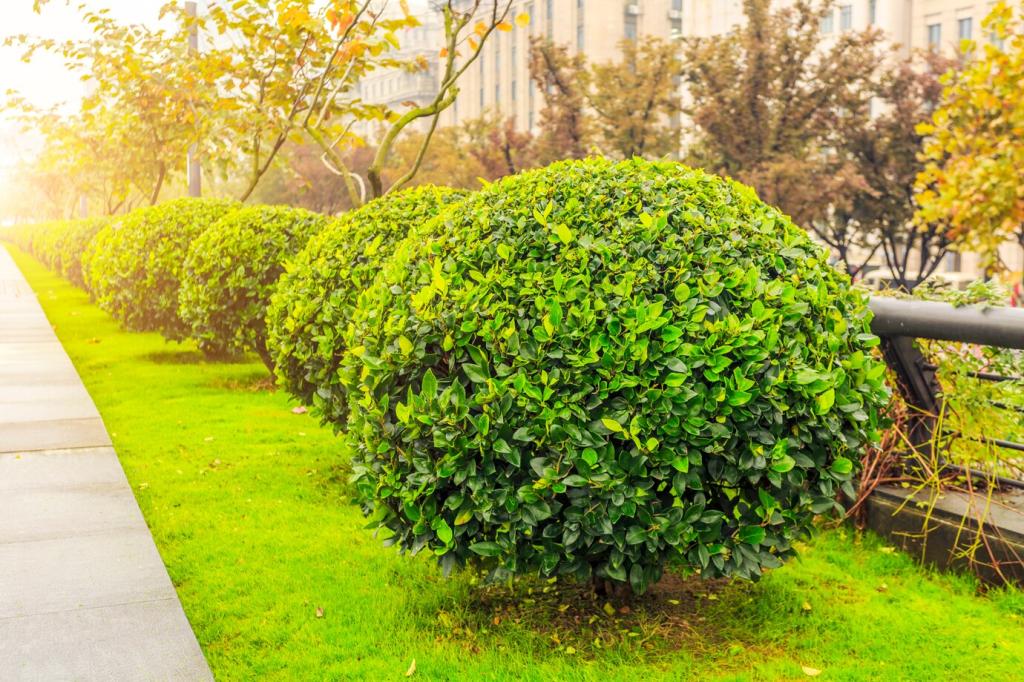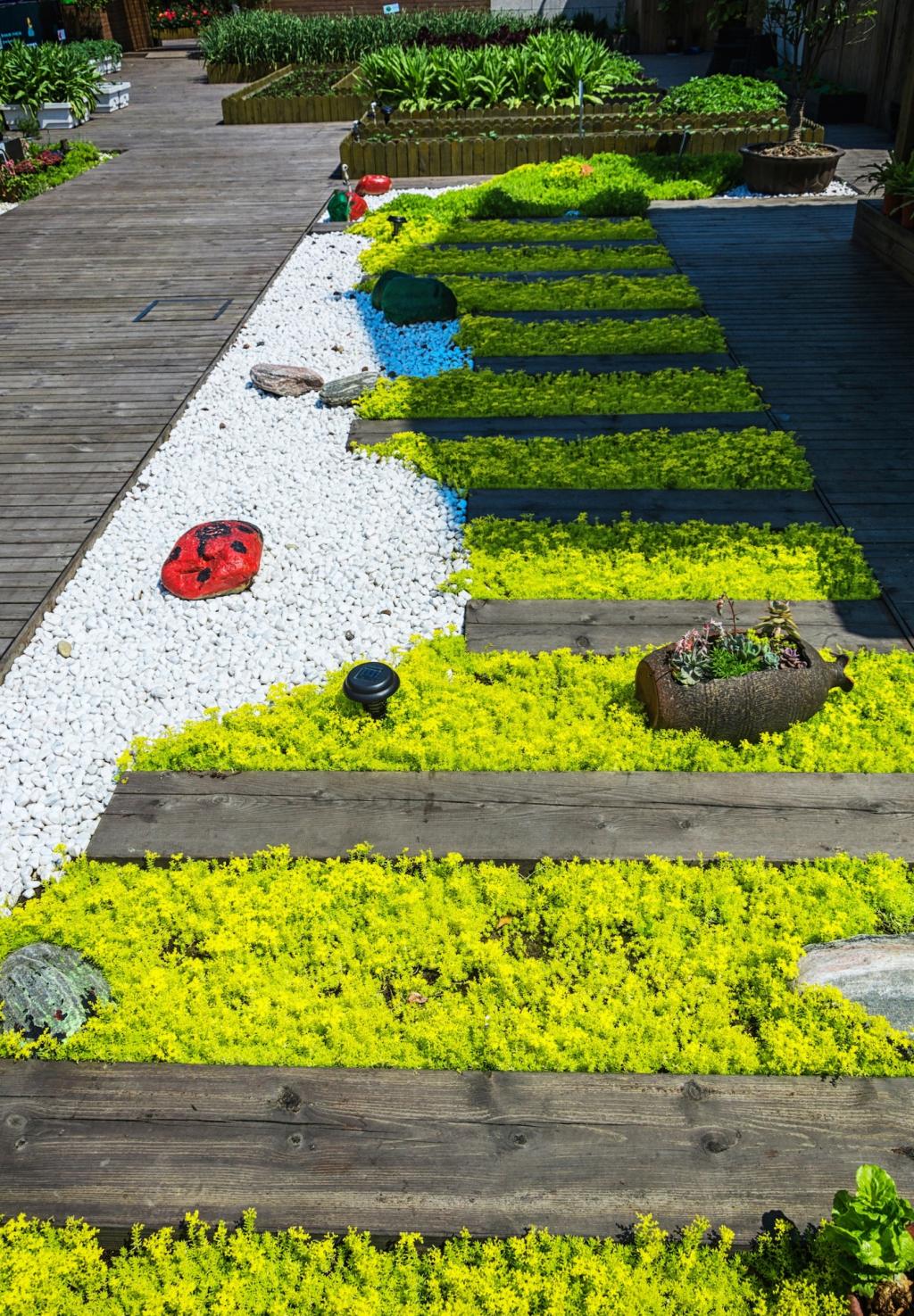Water-Wise Practices that Protect Soil Structure
Favor slow, infrequent, deep watering with drip lines or soaker hoses. This reduces evaporation, limits foliar disease, and strengthens root systems. Share your weekly schedule and how your plants responded during the hottest month of your season.
Water-Wise Practices that Protect Soil Structure
Small swales on contour, basins around trees, and level mulch rings slow runoff and invite infiltration. Pair with groundcovers to armor bare soil. Sketch your slope, then ask the community for microtopography tips before the next storm arrives.
Water-Wise Practices that Protect Soil Structure
Insert a bottomless can, fill to a marked line, and time infiltration twice. Faster second readings mean better structure and aggregation. Post your numbers and mulching habits; we will help interpret the results and suggest next steps.






